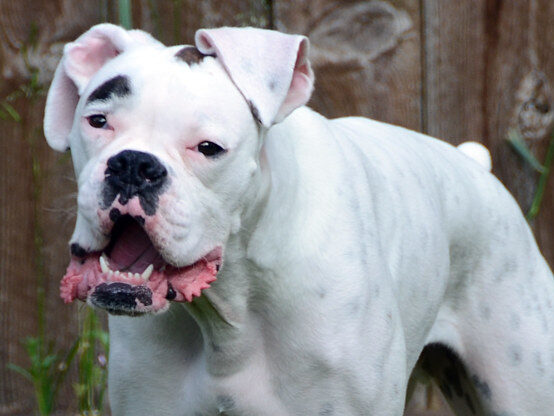10 Ways To Help Pit Bulls Become The Best Companions
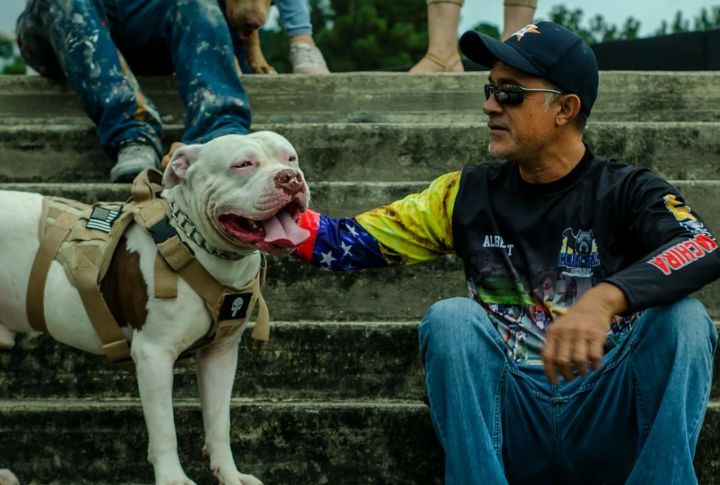
Misconceptions surround Pit Bulls, but their temperament is shaped more by environment than genetics. When given calm leadership, consistent routines, and early socialization, they thrive as family companions. Each interaction teaches them what to expect. So, let’s break down ten reliable steps that encourage healthy behavior and improve how people see them.
Consistent Routines Build Unshakable Trust
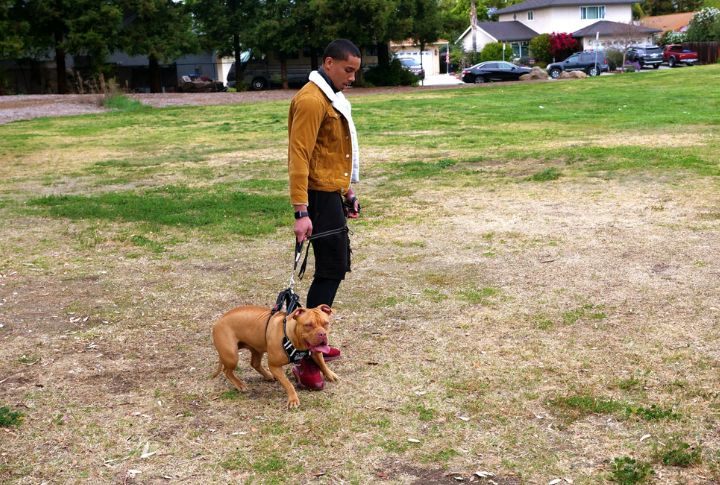
Predictable schedules soothe Pit Bulls’ high alert systems and reduce reactivity. According to the ASPCA, structured routines lower cortisol levels in rescue dogs. Dogs crave rhythm like humans crave coffee. Offer reliability, and you’ll earn trust that won’t waver.
Early Social Exposure Shapes Lifelong Confidence
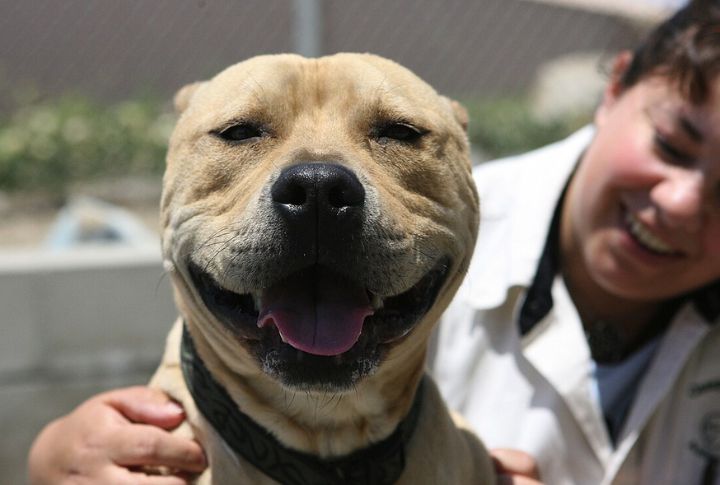
Introduce your pup to new faces and surfaces early. Between 3 and 14 weeks, their brain is in high gear—soaking up the world at lightning speed. Positive exposure during this time turns curiosity into confidence. Skip it, and fear may fill the gap. A calm, well-adjusted adult dog starts with smart socializing during this brief window.
Leash Manners Turn Fear Into Curiosity

Tugging, lunging, barking—sound familiar? Poor leash habits often stem from fear, not dominance. Teaching loose-leash walking redirects a Pit Bull’s alertness into a focused engagement. Practice near quiet sidewalks first, and eventually, with time, even the skittish ones learn to strut past barking dogs like pros.
Calm Introductions Create Gentle Friends
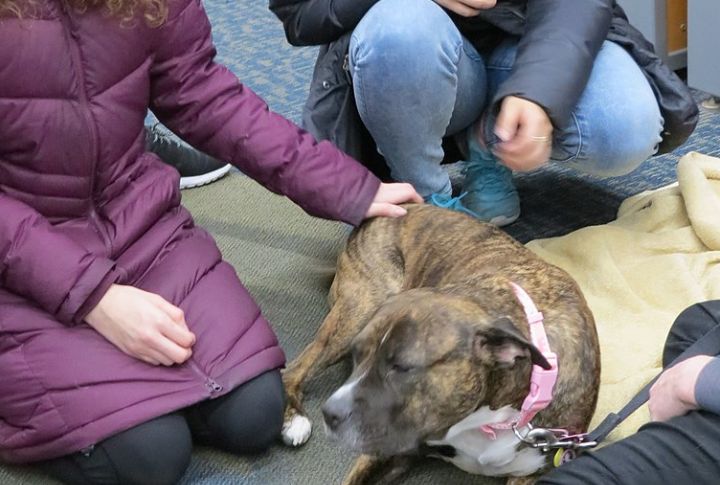
Quick greetings can trigger raised hackles and tense body language. For dog-to-dog intros, choose neutral ground and try side-by-side walks. When guests arrive, soft voices and slow hands work best. Dogs pick up on your vibe—stay calm, and they’ll follow suit with wagging tails and loose, happy postures.
Purposeful Play Reinforces The Bond
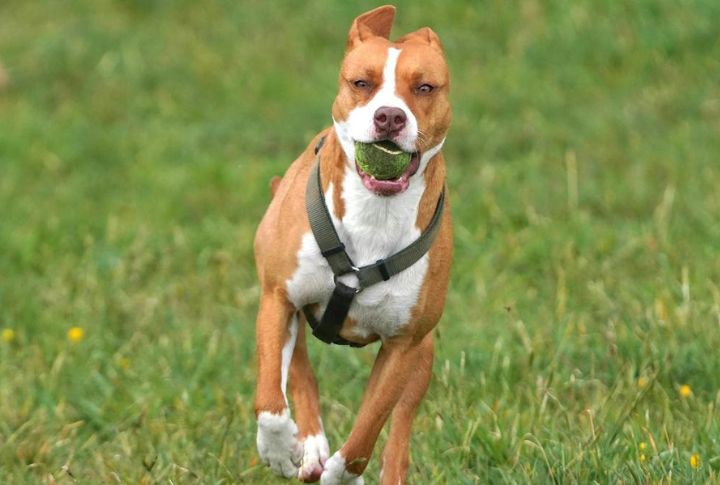
Interactive games boost impulse control and strengthen your bond. Hide-and-seek builds focus, while tug-of-war is a fun way to teach commands like “drop it.” A tired Pit Bull is a loving one, because purposeful play turns raw energy into calm connection.
Positive Training Builds Emotional Resilience
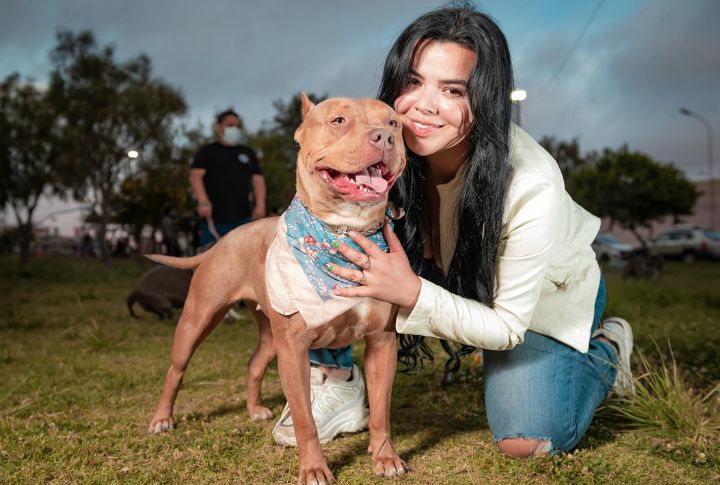
Ditch the dominance myth—science backs praise, not punishment. Reward-based training triggers dopamine, making learning faster and more enjoyable. Instead of shutting down after mistakes, dogs bounce back with confidence. Gentle, consistent guidance builds emotional resilience, helping even the most scarred pups face the world with growing trust and calm.
Crate Time Becomes A Safe Retreat, Not A Jail Cell
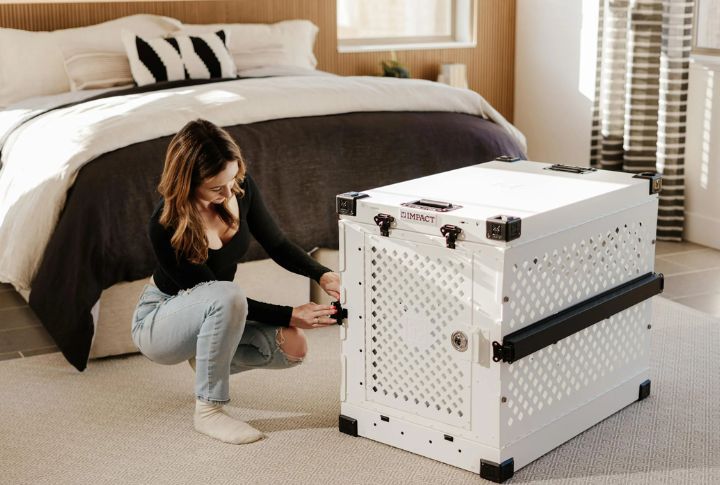
Done right, crates mimic natural dens and offer dogs a secure, enclosed space that reduces overstimulation. Introduce the crate gradually by using soft bedding and high-value treats. Never use it for punishment. Over time, it becomes a go-to refuge where they can self-regulate stress and rest undisturbed.
Family Time Teaches Boundaries And Love
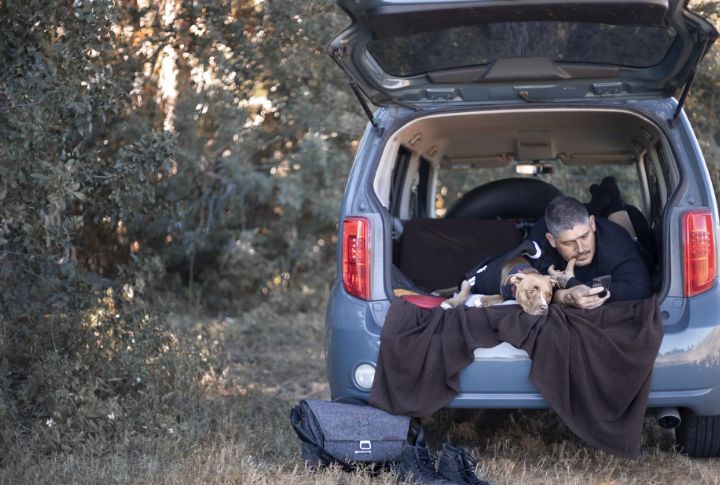
Remember that childhood blanket you couldn’t sleep without? That’s how your dog feels about connection. Make them part of everyday life. These shared moments teach them your rhythm and rules while strengthening your bond. Presence creates partnership, and affection with structure leads to lasting harmony.
Clear Leadership Encourages Calm Minds
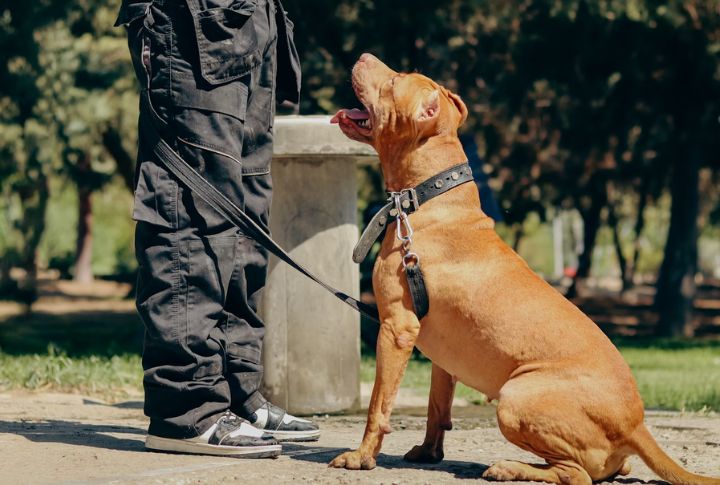
Dogs feel safest when your expectations stay steady. Mixed messages—like praising jumping one day and correcting it the next—only create confusion. Pit Bulls especially flourish with clear, confident direction. A consistent approach brings clarity, helping your companion relax and trust your every intention.
Breed Education Disarms Fear Before It Starts
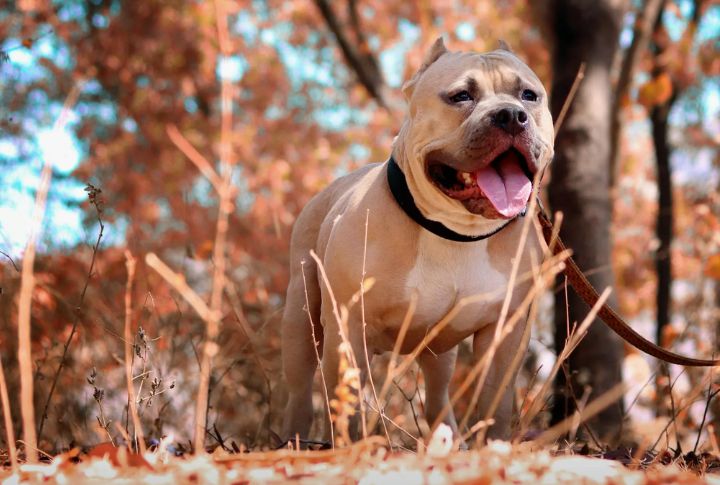
The more you know, the more others will, too. Learn your dog’s body language, triggers, and history, then share that knowledge openly. When you lead with facts instead of defensiveness, fear begins to crumble. Education creates empathy, and informed conversations are the front lines of breed advocacy.





